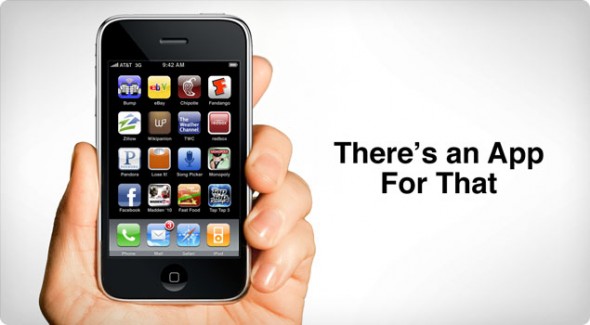Stone grew even more intensely interested when others reported that they, too, sometimes held their breath while reading or writing email-a phenomenon that she started calling "email apnea." She told me that she came to realize that "breathing is the regulator of attention." Stone reminded me that holding one's breath is directly connected to the "fight or flight" response. When your ancestors and mine heard a noise, they held their breath until deciding whether to flee, fight, or ignore the sound, while their glands pumped energy-mobilizing hormones into their blood-streams, just in case. Holding your breath affects the body's balance of oxygen, carbon dioxide, and nitrogen oxide. It activates the sympathetic nervous system, causing an increase in glucose and cholesterol levels in the bloodstream along with an increased heart rate as well as a sense of hunger. Stone remarked that regular breathing patterns, by contrast, activate the parasympathetic nervous system, causing relaxation, the release of diges-tive enzymes, and a sense of satiety-signs of a "rest and digest" mode. She pointed out that "we're putting our bodies in a state of almost constant low-level fight-or-flight. This is great when we're being chased by tigers. But how many of those 500 emails a day is a TIGER? How many are flies? Is everything an emergency? Our way of using the current set of technolo-gies would have us believe it is."23 Paying attention to your breath-the core technique of mindfulness meditation methods-is where Stone sug-gests starting to moderate our online reactions. I'll get back to that later. For now, I'm convinced that Stone is right to think that attention to breathing could be a tool to help moderate our unthinking, ultimately unhealthy reactions to many online stimuli.
Stone brings up some interesting points about the deeper, scientific implications of the habits she's formed when reading emails. She says that she has a habit of holding her breath for long periods of time when reading emails. I find it interesting that she mentions that she is conscious about her breathing, as she mentions that she does morning meditations, but immediately fall into her habit of holding her breath as soon as she checks her email. This shows that our familiarity with constantly being connected and immersed in our technology can form subconscious habits. These habits are not necessarily bad, but they do raise questions about their lasting effects.



 It seems that the person who tweeted this comment and image is in Moscow, Russia. Even then, who knows if this image was doctored or altered in any way?
It seems that the person who tweeted this comment and image is in Moscow, Russia. Even then, who knows if this image was doctored or altered in any way?